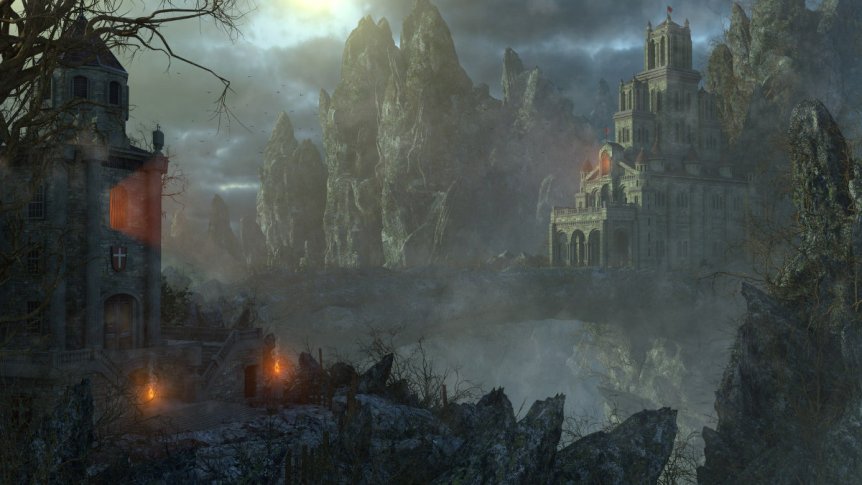What does a fine arts background bring to “painterly” 3D? Feast your eyes on the work of Marc Mons. Fascinated to learn how he brings that painterly aesthetic to cinematic 3D, we decided to put his work under the spotlight.
We asked Marc about his artistic process, how he adds a sense of scale to his environments, and a common mistake beginner 3D artists make.
Read on to learn more about his process, and how you, too, can make money from your projects on TurboSquid.
What draws you to 3D art as a medium?
I took my first steps into fine arts and spent seven years studying painting and drawing at Escola Massana, Arts and Design School in Barcelona. I went to Vancouver Film School after graduating to study 3D. It was there that my passion really flourished.
Above all, what attracts me to this medium is the lighting. When I paint realistic scenes, the lighting is the most challenging thing to get right. Working in 3D I can almost dive into the scene itself and manipulate light until I achieve my desired result.
How did you get to where you are now?
After four years of studying 3D art in Canada, I returned to Barcelona and set up a small studio. Having animated a short western at film school, I knew that I wanted to specialize in modeling characters and environments. My artistic style had come a long way from painting Dali-esque surrealism at art school.
I applied my skills to TV commercials, video games, architecture, and more for several years until the financial crisis of 2008 killed the studio. I began working for small video game studios and now make a living as a freelance 3D artist, combining projects for clients with selling my work on the TurboSquid marketplace.
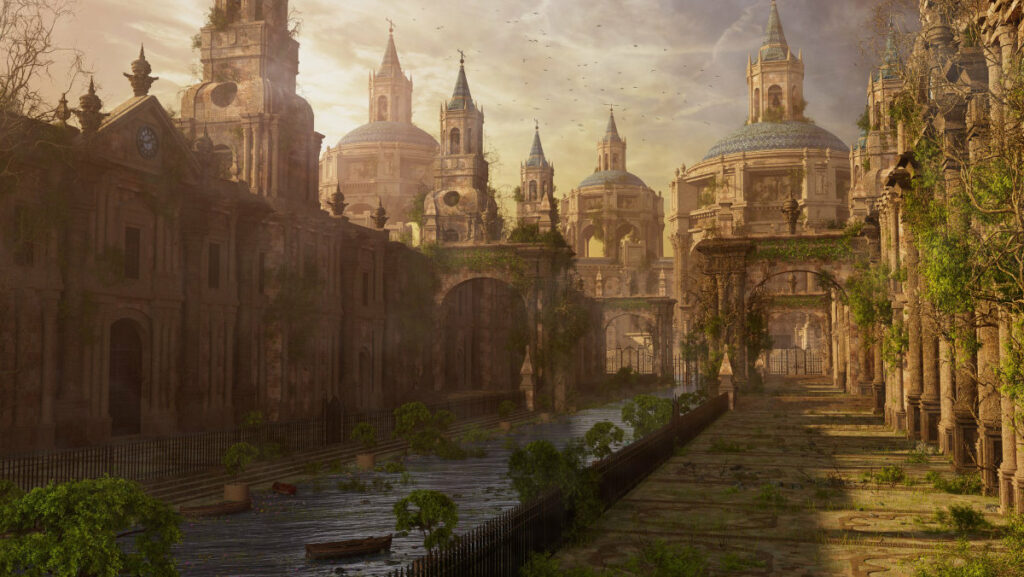
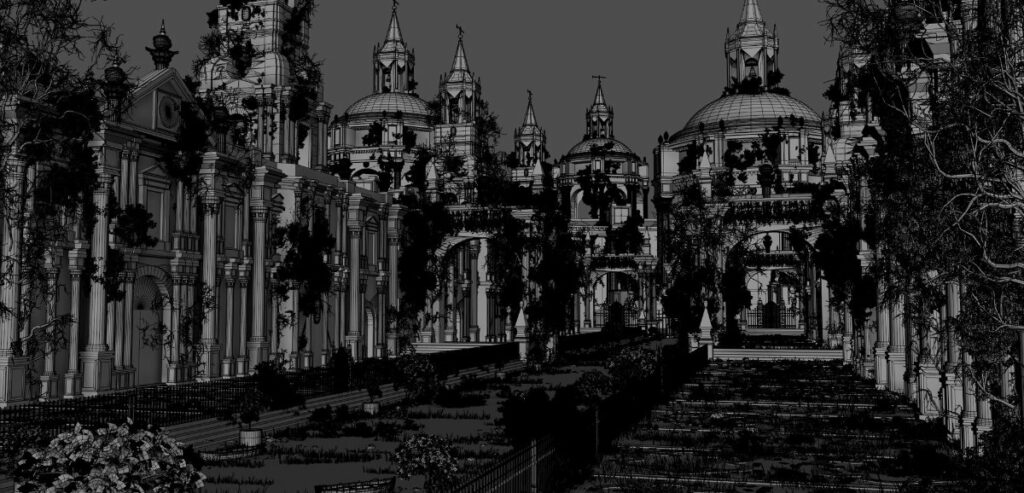
It’s clear that you enjoy modeling ancient architecture and environments. What excites you about these projects?
I’ve always loved working on landscapes ever since I started oil painting at art school. I think inserting some ancient or fantasy architecture gives the landscapes an epic and mysterious quality that I really enjoy.
Movies like The Lord of the Rings inspired me, even before I realized I could create art reminiscent of its epic landscapes and fantastical architecture. I also believe there’s currently a demand for ancient or fantasy-themed assets in film, video games, and more. It seemed like something I could make money from on TurboSquid.
How do you add a sense of scale and realism to your models?
I use Maya to model and texture all my creations from the ground up. Maya’s paint effects come in handy when working on trees and other natural elements. Then I render with Arnold Renderer, adding atmospheric lights to enhance the cinematic quality of the image. Finally, I add small effects like fog or smoke before doing some general post-production in Photoshop.
3D art needs to be well-modeled and textured, but without good lighting, it won’t look truly great. Sometimes beginner artists underestimate the importance of this. Even less impressive models can look captivating with the right lighting.
How do you approach selling your work on TurboSquid?
Above all, I am very consistent with the quality of my work and maintain a good gallery of images. I also sell exclusively for TurboSquid because I think it’s the number-one place to buy 3D models with the highest internet traffic of any marketplace.
The most important thing if you want to make money on TurboSquid is to pick your lane. Specialize in any field that suits you best, whether it’s cars, landscapes, or planes. You should also nail down your style. It doesn’t matter if your work is cartoony or photoreal, high-poly or low-poly, it will set you apart from the competition.
Speaking of competition, I’m always careful to price my work competitively with the rest of the marketplace. What’s more, if you can identify something missing from the marketplace or a niche that isn’t catered to, you could see a lot of sales.
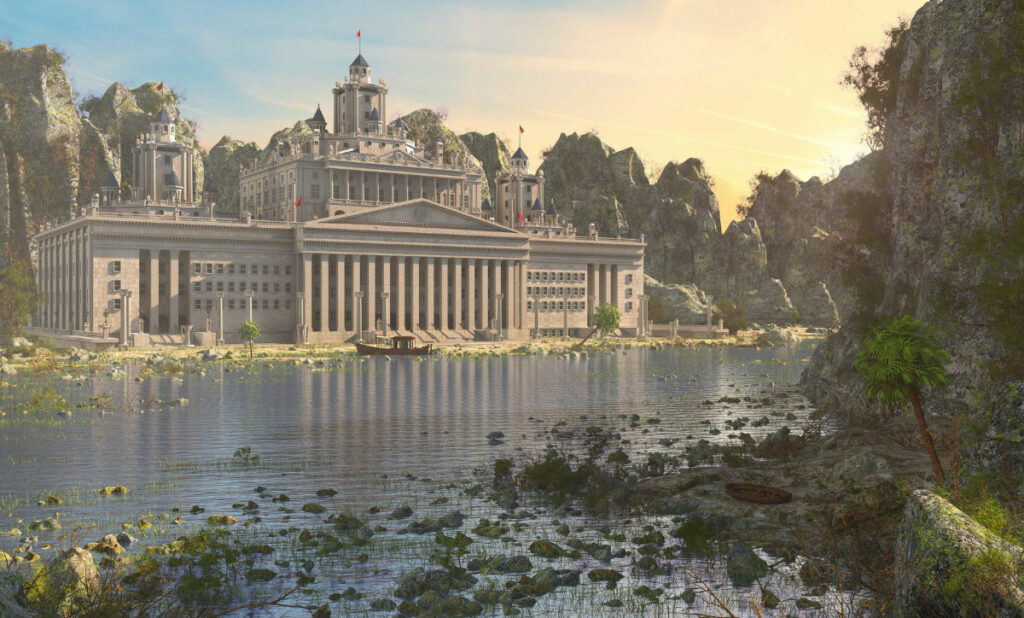
Where do you look for artistic inspiration?
I’ve always been drawn to the work of Salvador Dalí, the Spanish painter of surrealist art. I usually imagine his style as I work on my pieces. I also enjoy combing through websites like ArtStation or DeviantArt to find the best artists in this field.
Can you talk us through your typical workflow?
Ultimately, having the right computer to work on is the most important thing for your workflow. To make great 3D art, you need powerful equipment first and foremost; an average computer won’t create large environments. When selling on TurboSquid, I usually work with high-poly models, because it’s easier to convert that into low-poly models if I want to than the other way around. I’ve been doing this for many years now so I have a huge gallery of 3D models that I can use, meaning my environment workflow these days is pretty fast.
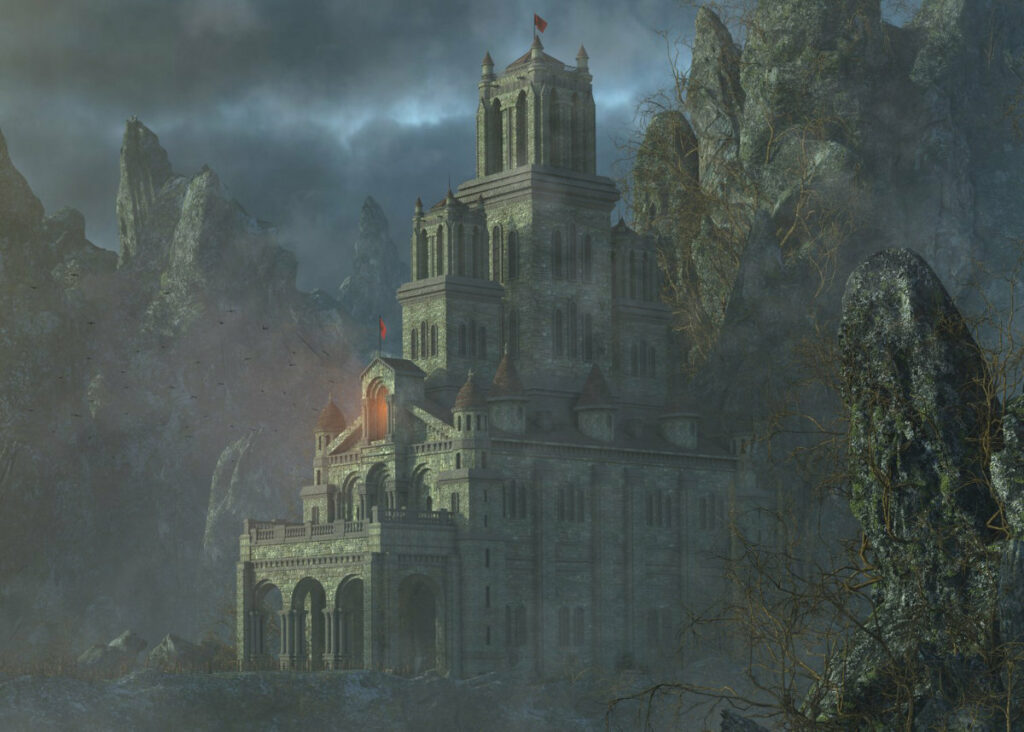
What’s your favorite trick that makes you feel like a 3D superhero?
The real secret is to put in many hours and practice a lot. When I see work I did ten years ago, it doesn’t look good to me anymore because of how far I’ve progressed. Talent is important but it doesn’t mean anything if you don’t dedicate the time, learn your way around the software you’re using, and master lighting and rendering to ensure your final renders are the best they can be.
If you’re an artist who is interested in being featured on the TurboSquid blog, email our content team at marketing@turbosquid.com.

